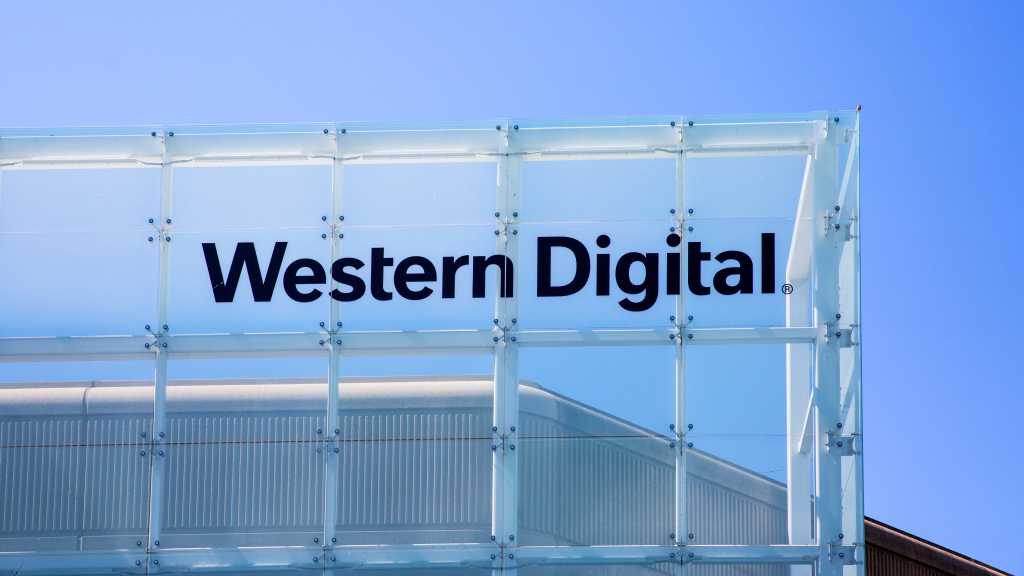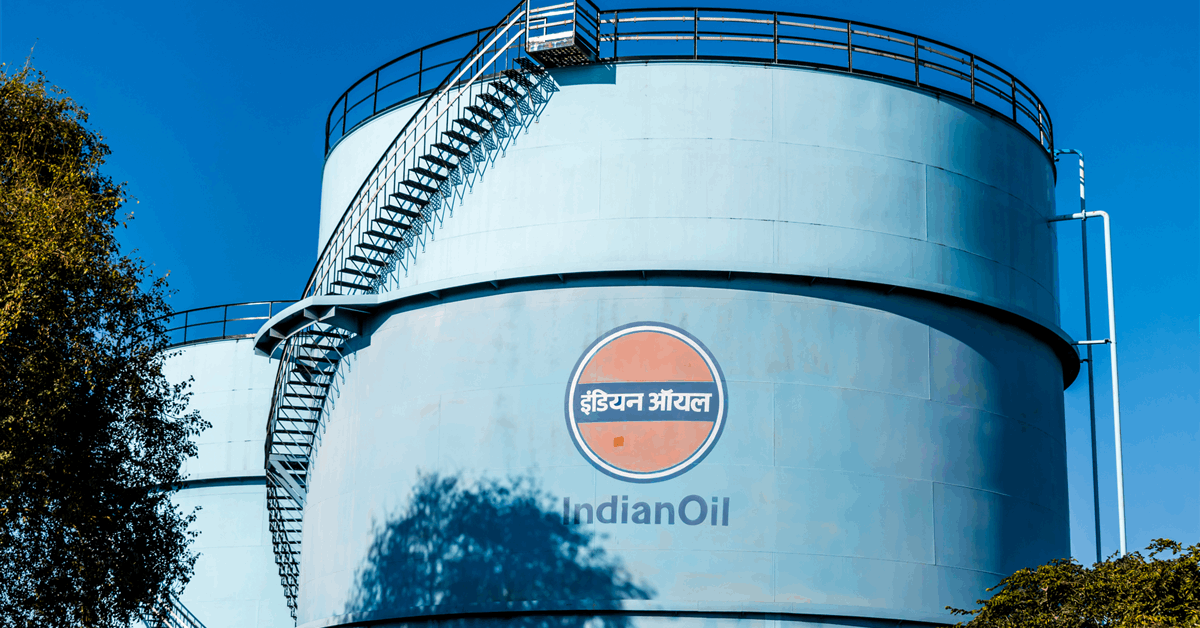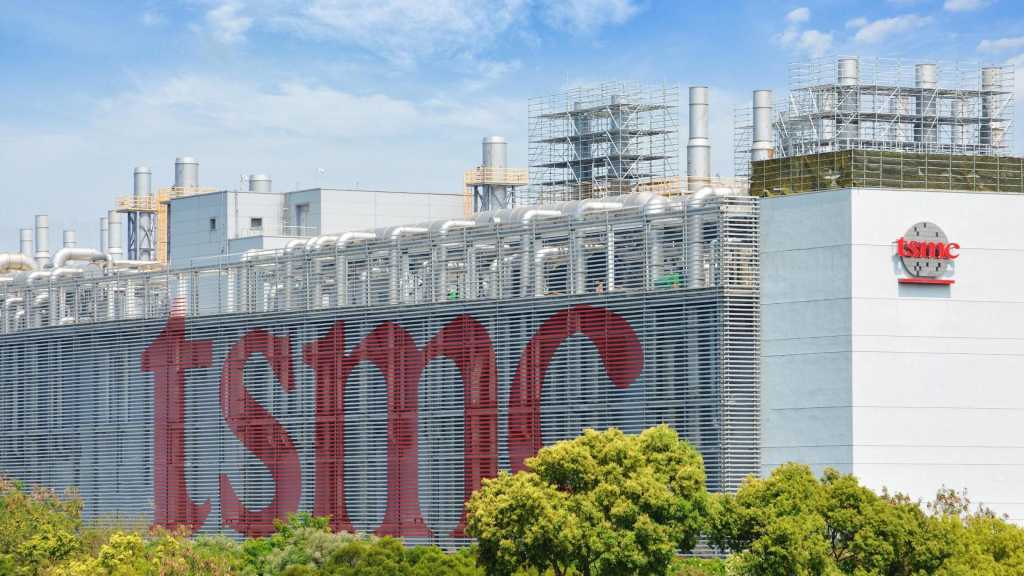
In a release sent to Rigzone by the Enverus team late Tuesday, the company’s subsidiary, Enverus Intelligence Research (EIR), revealed that U.S. upstream mergers and acquisitions (M&A) hit $17 billion in deal value in the first quarter of 2025 and highlighted that this was the second best start to a year since 2018.
“However, activity was disproportionately driven by one company, Diamondback Energy, which accounted for nearly 50 percent of total value between its acquisition of Double Eagle IV and a dropdown of minerals to its affiliate Viper Energy Partners,” EIR noted in the release.
“Outside of Diamondback, buyers were already feeling the pressure of limited acquisition opportunities and high asking prices for undeveloped drilling inventory,” EIR added.
“On top of that, upstream companies will now have to navigate significant headwinds from falling oil and equity values,” EIR warned.
In the release, EIR stated that, prior to OPEC and tariffs creating waves in oil markets, pricing for quality shale inventory was a perpetually rising tide. It added that, historically, lower crude prices have taken the wind out of the sails of upstream M&A.
“Going back to the start of 2014, oil prices have fallen by more than five percent quarter over quarter 17 times,” EIR highlighted.
“In 11 of the quarters with materially lower crude prices, deal activity fell compared to the prior three months with an average decline in transacted deal value of 30 percent,” it pointed out.
“Asset values have also declined when crude prices moved 20 percent or more lower year over year, with the value of Permian acreage falling about one-third in 2015 compared to 2014 and losing more than half its value in 2020 over 2019, based on the average price per acre paid,” it continued.
“The only exception to the trend over the last ten years of lower oil leading to lower asset prices was 2023, when crude came off its 2022 highs, but buyers continued to bid up the value of undeveloped inventory,” it went on to state.
EIR highlighted that, that year, “oil still averaged a relatively strong $78 per barrel though, different from a move towards the lower end of its cyclical trading range that 2025 is witnessing”.
The company noted that a significant distinction between this downturn in oil and past cycles is that publicly traded E&Ps are relatively well positioned to withstand lower prices, at least for this year.
“After seeing a wave of reorganization previously when crude lost its footing, companies have kept debt levels in check, been conservative about growing production and made judicious use of hedges,” EIR said in the release.
“That puts most E&Ps in a good position to maintain operations for the remainder of 2025, although the challenge they face increases if low prices persist into 2026,” EIR warned.
In the release, Andrew Dittmar, principal analyst at EIR, said, “if oil prices struggle into 2026, public E&Ps are likely to start taking more drastic actions including cutting capital spending, selling assets, or even considering mergers with another company”.
Dittmar warned in the release that upstream deal markets “are heading into the most challenging conditions we have seen since the first half of 2020”, pointing out that “high asset prices and limited opportunities are colliding with weakening crude”.
“Potential sellers are acutely aware of the scarcity of high-quality shale inventory, creating a reluctance to unload their assets at a discount,” Dittmar said.
“Buyers on the other hand were already stretched by M&A valuations and can’t afford to continue to pay recent prices now that oil prices are lower. The standoff between those two groups around fair asset pricing is set to sink M&A activity,” he went on to state.
Dittmar noted in the release that Permian land has been prioritized for acquisitions by companies because the high-quality inventory there can generate strong returns through the commodity price cycle.
“It is also the basin that keeps giving with operators consistently adding locations by testing new zones of the prolific basin’s stacked pay,” he said.
Dittmar went on to state in the release that volatility and lower prices make deals tough right now but added that they will create opportunities for nimble buyers with a longer-term outlook.
“A temporary bottleneck in deal making will create a backlog of latent demand, and activity should rebound once prices start to improve,” he said.
“Private equity firms, for example, have been raising fresh funds after selling out over the last few years and will be ready to hop back into the market once prices stabilize,” he added.
“Those firms and the large-cap E&Ps with strong balance sheets are likely to be the ultimate winners from the volatility,” he continued.
A potential bright spot for M&A is natural gas with significant interest in adding assets with access to Gulf Coast markets from multiple buyer groups, including international buyers and private capital, EIR stated in the release.
“While near-term gas prices are also being challenged in the broad market selloff, future prices still look strong with a secular shift in demand from liquified natural gas export facilities and secondary demand from datacenters,” it added.
“That is leading to high demand for Haynesville natural gas assets compared to the available opportunities from private sellers or non-core asset sales,” the company went on to state.
EIR also noted in its release that, using Enverus’ newest AI tool, Investor Analytics, to summarize comments about M&A markets from management teams in recent earnings calls “reveals companies were already concerned about the asking prices for deals and available opportunities”.
“One of the challenges highlighted with available opportunities is the mix of production compared to drilling locations, with many of the larger available acquisition opportunities skewed towards existing production rather than undeveloped inventory,” EIR said.
“That is a challenge for companies that want to use deals principally to extend overall inventory life,” it continued.
Rigzone has contacted the American Petroleum Institute (API), the White House, and OPEC for comment on EIR’s release. At the time of writing, none of the above have responded to Rigzone.
In a release sent to Rigzone by the Enverus team back in January, EIR revealed that 2024 “closed with $105 billion in U.S. upstream deals” adding that this was “the third highest total tracked by Enverus”.
EIR noted in that release that last year “trailed only behind a record-setting $192 billion in 2023 and just under the $108 billion booked in 2014”. It added, however, that “activity tumbled in the back half of the year with $9.6 billion of upstream M&A recorded in 4Q24, the fourth consecutive decline in quarterly value”.
Enverus describes itself as “the most trusted, energy-dedicated SaaS company, with a platform built to create value from generative AI, offering real-time access to analytics, insights and benchmark cost and revenue data sourced from our partnerships to 95 percent of U.S. energy producers, and more than 40,000 suppliers”.
EIR publishes energy-sector research focused on the oil, natural gas, power and renewable industries, the company’s latest release highlighted.
To contact the author, email [email protected]





















